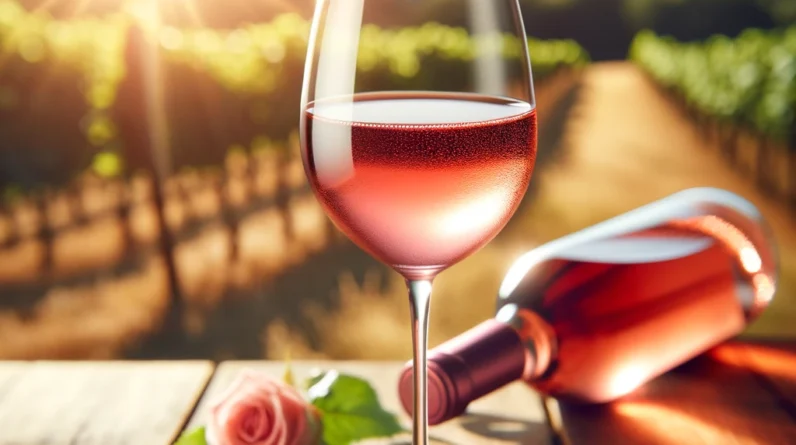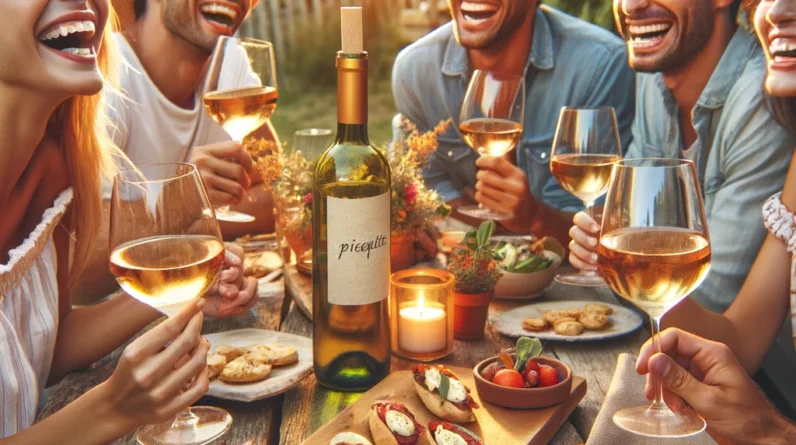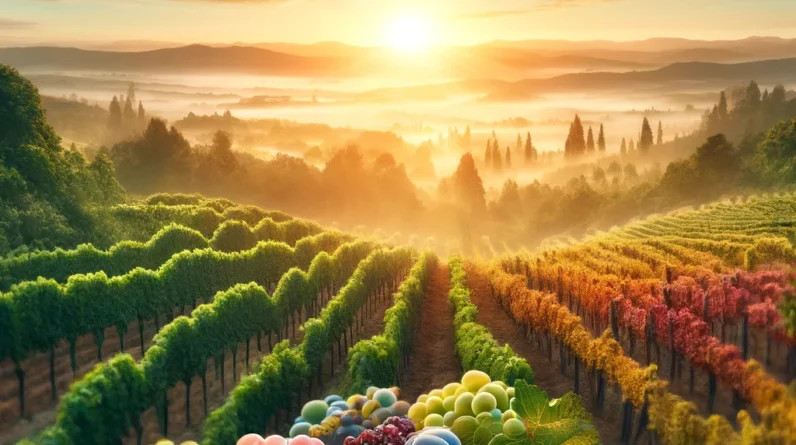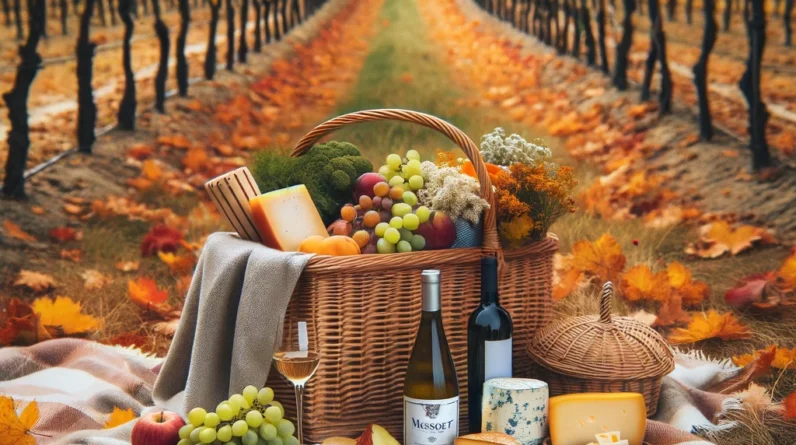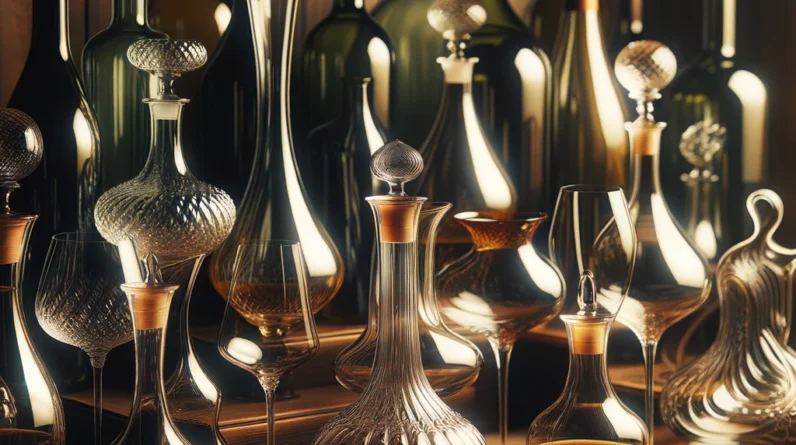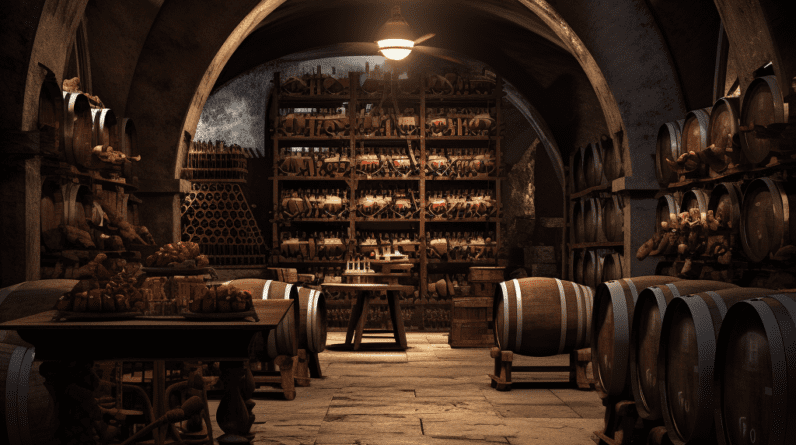
So, you’ve ventured into the world of wine.
Amazing, isn’t it?
Wine isn’t just a beverage; it’s an experience.
Globally, wine has marked its luxurious presence on many a table.
From grand feasts to intimate dinners, wine has been a choice of celebration.
And then there’s the art of aging it.
Remember Poe’s “The Cask of Amontillado”?
Wine and its aging process have been embedded in our culture, history, and even literature for ages.

Historical Perspective of Wine Aging
Let’s take a trip back in time.
Picture the Neolithic landscapes of Iran.
Here, our ancestors made one of the earliest attempts at wine storage.
Fast forward to the Romans, who stored their wines in cool catacombs.
From there, we head to the picturesque French wine caves, which then evolved into today’s modern wine cellars and cabinets.
Yes, our love for wine led to a whole world of storage solutions!
Understanding the Chemistry Behind Wine Aging
Unlike that leftover pizza, wine can get better as it ages.
But how?
Wine is packed with chemical compounds, each dancing and interacting over time.
But, it’s unpredictable.
A grape from Italy might age differently than one from California.
Each year brings its own wine tales, making every bottle’s aging journey special.
Diving Deeper into Wine’s Chemical Components
Ever caught a whiff of a wine and wondered about its aroma?
Enter esters.
These compounds give wine its lovely smell.
But esters aren’t lone rangers.
They team up with primary compounds in a process called esterification, changing wine’s flavor over the years.
Then there are phenolic compounds, the unsung heroes in wine aging.
And we can’t forget tannins!
Love the taste and texture of wine?
Thank tannins.
But, just like friends, there are good and bad tannins.
It’s these good ones that help our wine age gracefully.
The Role of Oxygen in Wine Aging
Oxygen.
It’s a double-edged sword for wine.
On one side, it helps wine age, enhancing its flavors.
On the flip side, too much can ruin the wine.
Aged wine gets its color and taste partly from how it “breathes” in oxygen through the cork.
Yes, wine breathes, just like us!
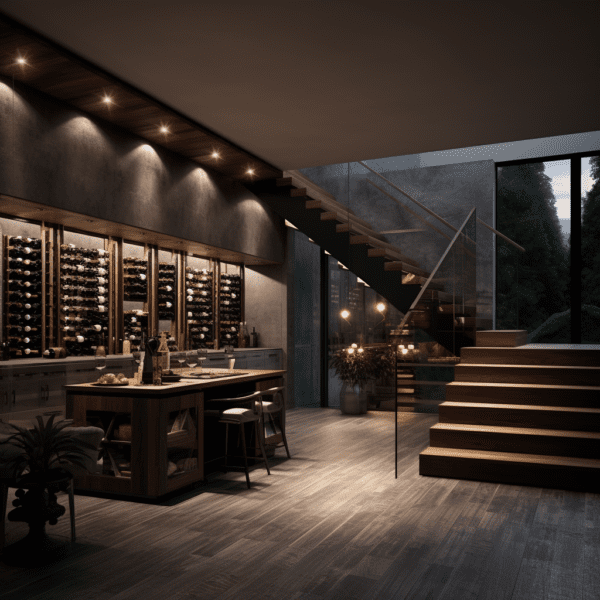
Best Practices for Aging Wine
If you’re thinking of aging wine, listen up.
It’s not just about stashing it away.
Temperature is key.
Aim for a cool, steady 55°.
Wondering about humidity?
Keep it around 70%.
Any less, and the cork dries; any more, and hello, mold!
And light?
Keep it away, especially the UV kind.
Think of wine as a vampire; it prefers the dark.
The perfect wine fridge for your home?
Striking the Perfect Balance in Wine Aging
Aging wine?
It’s both art and science.
Every bottle is a puzzle, waiting to reveal its perfect aged flavor.
It’s about balancing fruitiness, fermentation vibes, and aging flavors.
And guess what?
The setting matters.
Keep it controlled, and you’re golden.
From ancient catacombs to modern cellars, wine aging has been a journey.
And what a magical one it is!
A blend of science, art, and a lot of patience.
Because at the end of the day, a perfectly aged wine?
It’s pure joy in a bottle.
FAQs
- What’s the best temperature to age wine?55°. It’s the gold standard.
- Why is UV light bad for wine?It breaks down essential organic compounds, robbing wine of its flavor.
- How long should I age my wine?Depends on the wine.
Some are best young, others improve with age.
Do a little research on your bottle!


